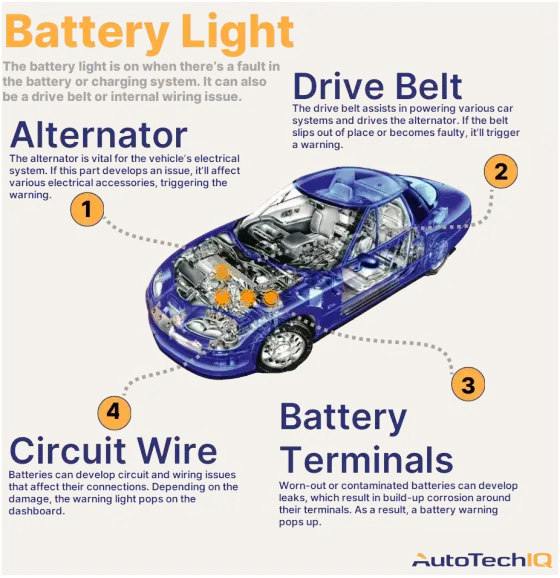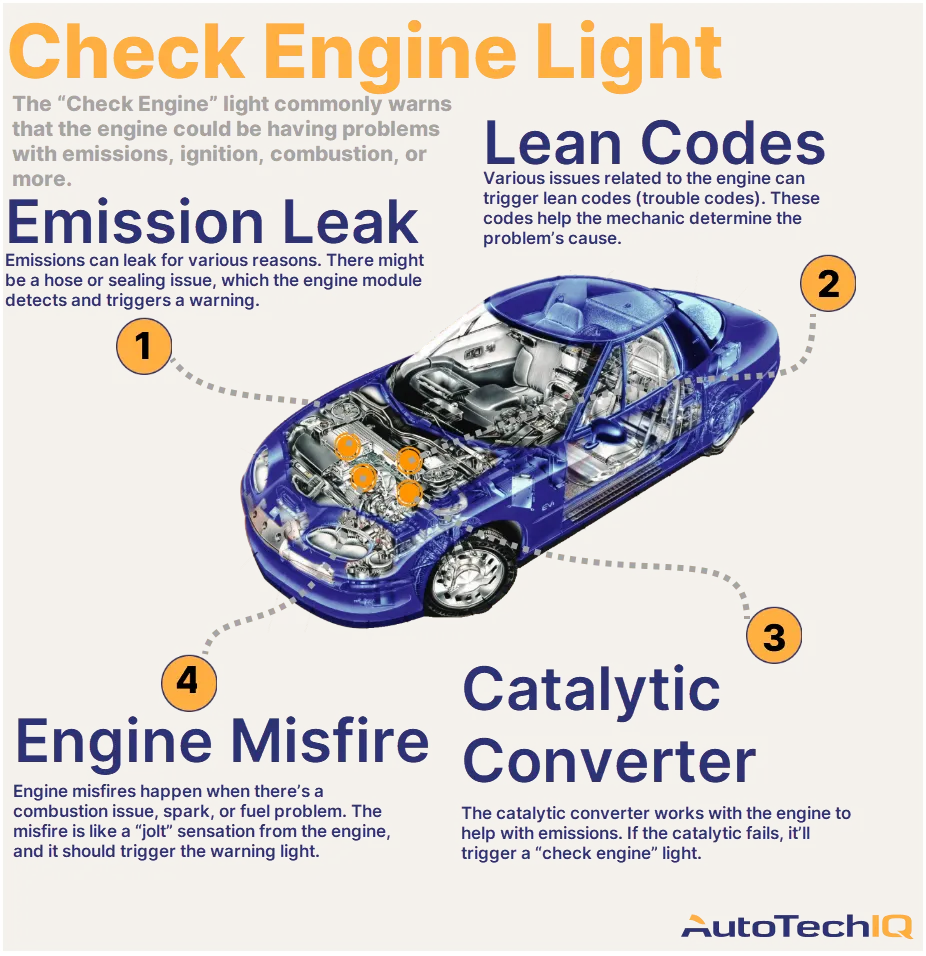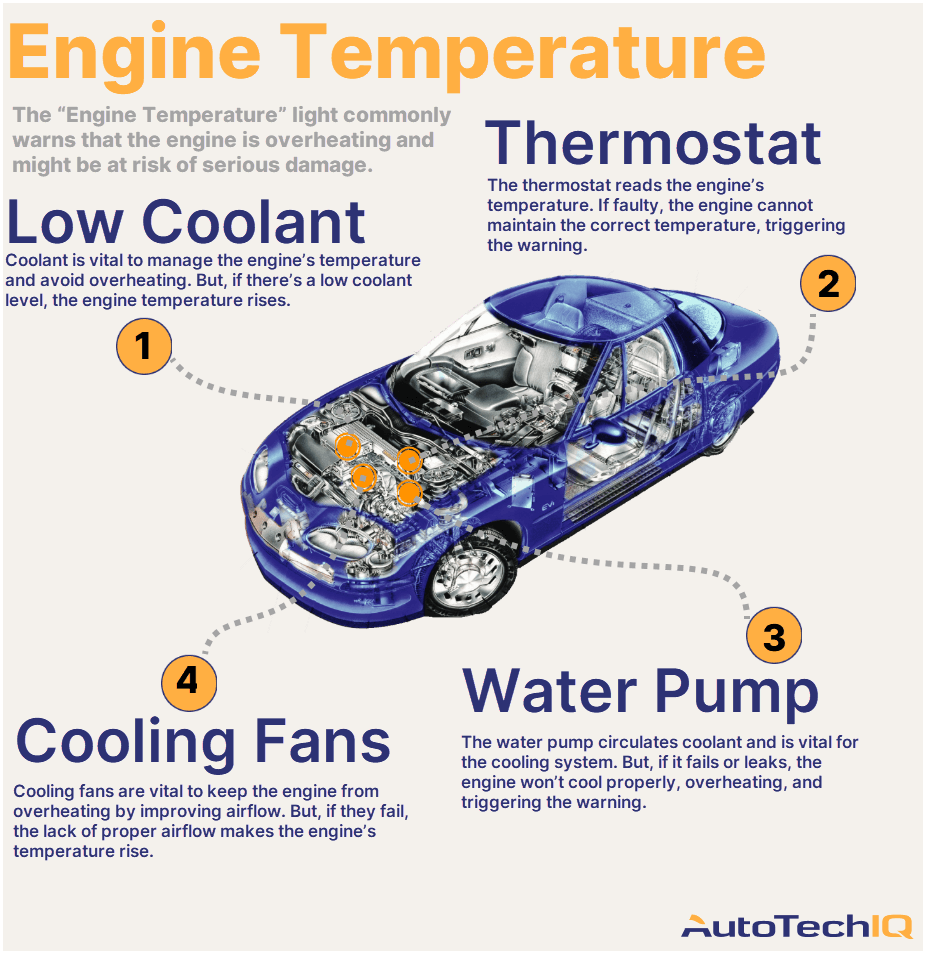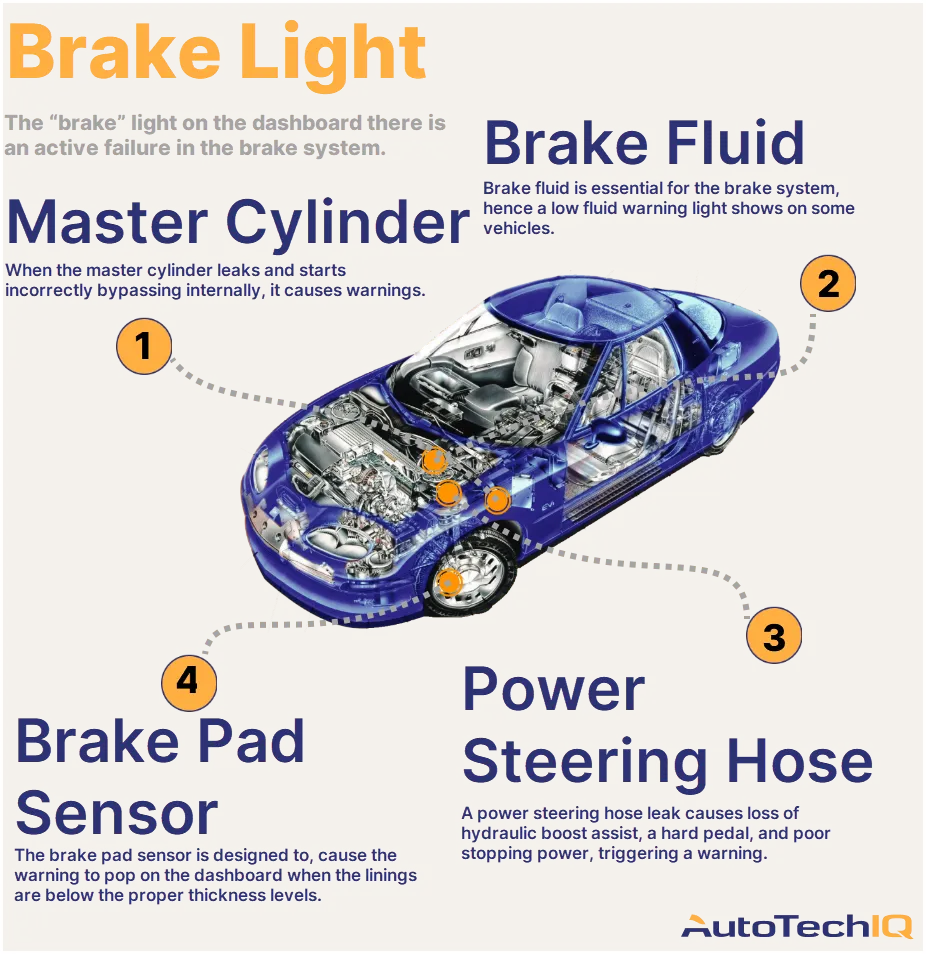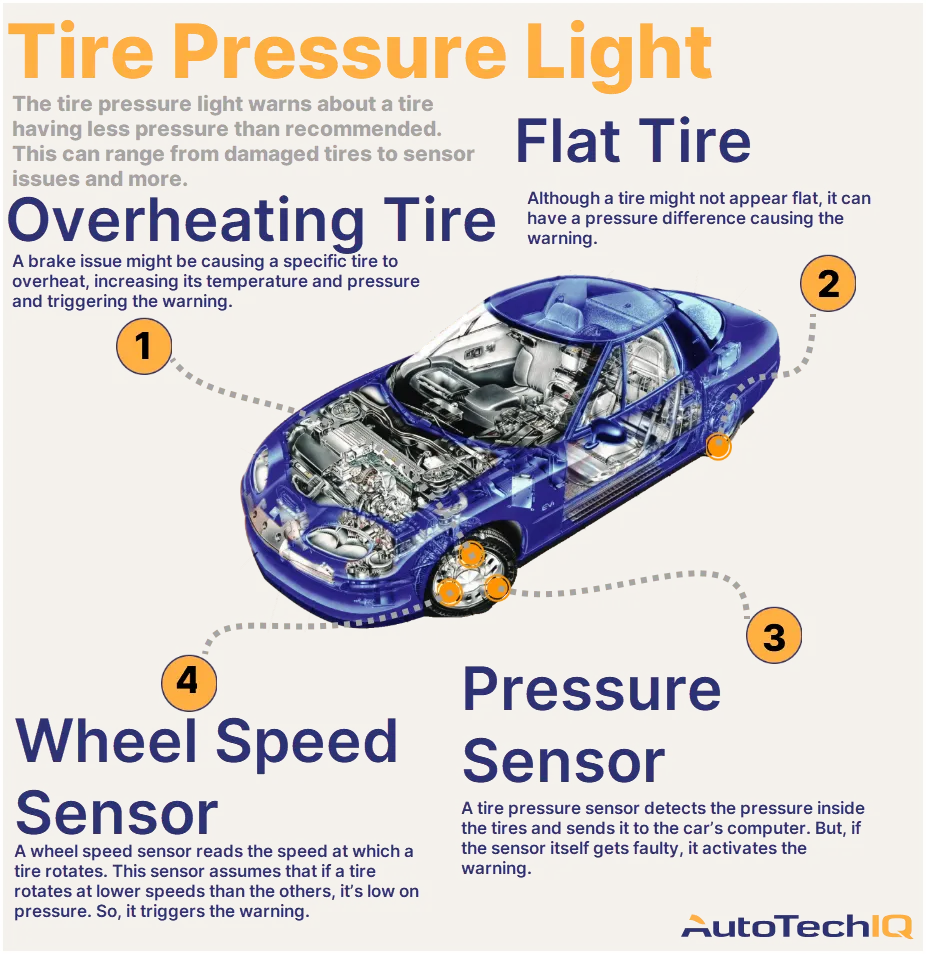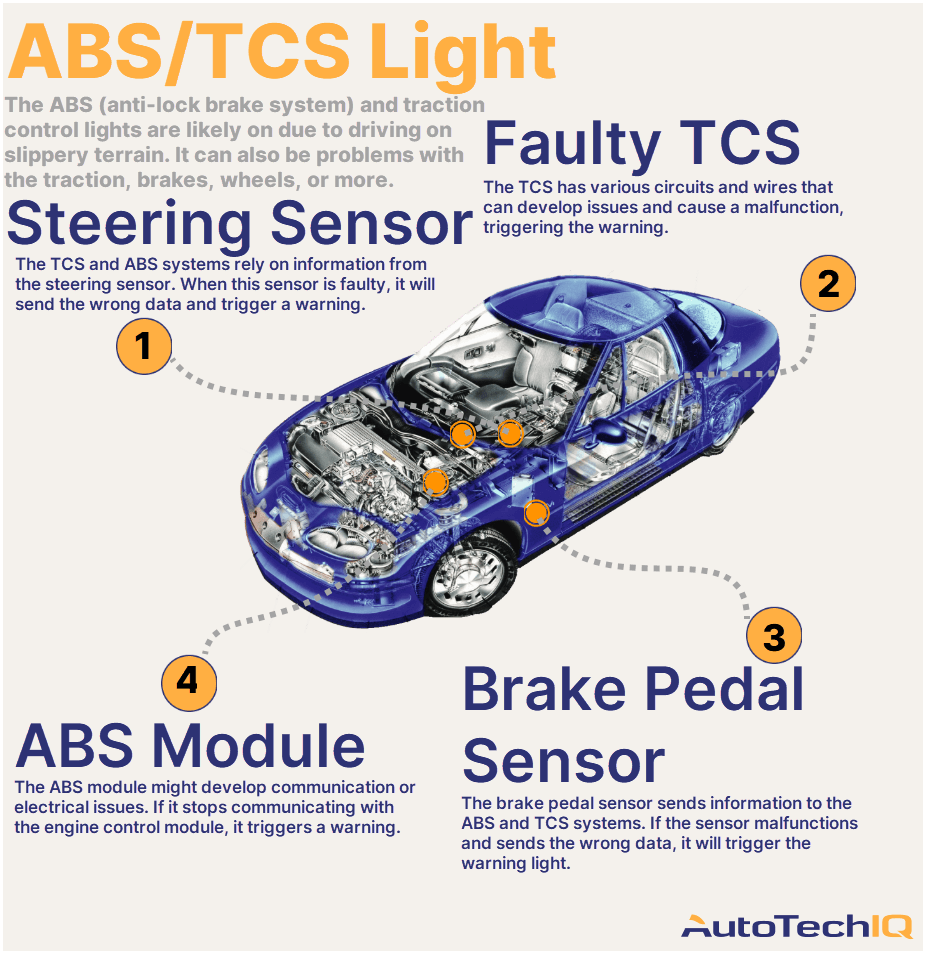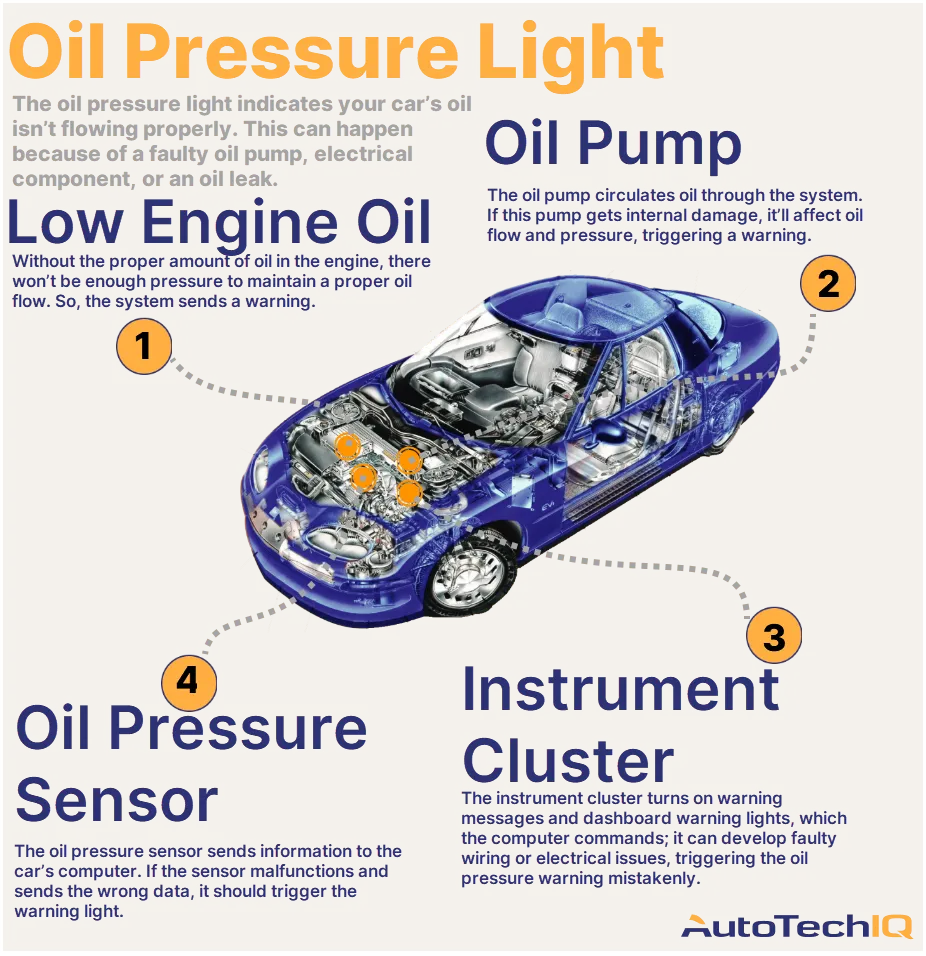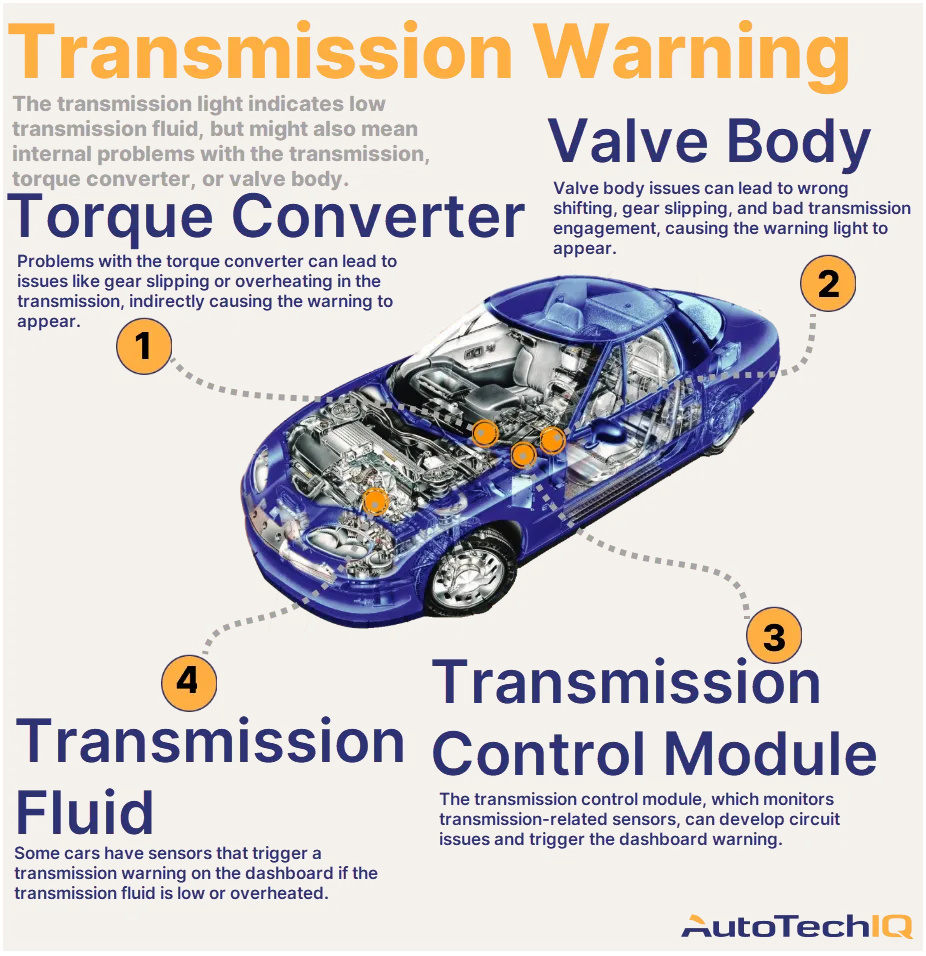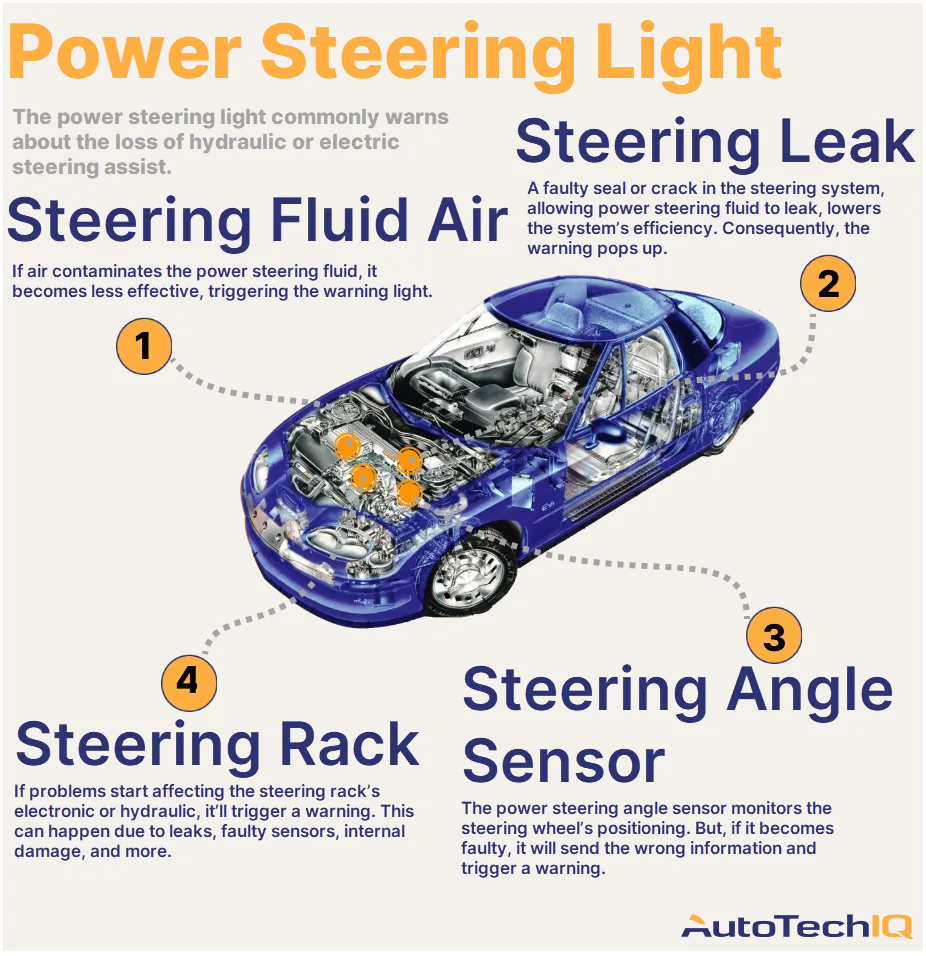Transparency example in a faulty battery service
A battery and charging system inspection is the most transparent process to understand why your vehicle’s battery is faulty. This is because many components in the charging system affect your battery, and if they fail, they might cause it to fail.
Let’s read an example of how this kind of inspection helps to service a leaking battery.
In a scheduled service, a customer stated their car’s dashboard was displaying a battery warning light on the dashboard constantly. The customer also mentioned that their vehicle was struggling a bit to start, and the headlights seemed to be dimming.
The technician went straight to the vehicle’s battery. After looking around the battery, the expert found that the base that was supposed to support the battery, known as the hold-down, was bent. The technician could manually slide the battery around, indicating that it wasn’t properly tight.
The battery was also showing leak signs, probably due to being banged around while the vehicle was driving. The case was damaged, and after measuring the battery voltage, the technician ruled that the battery was faulty.

In this case, the mechanic put the “Immediate Action” tag on the battery and the battery hold-down.
